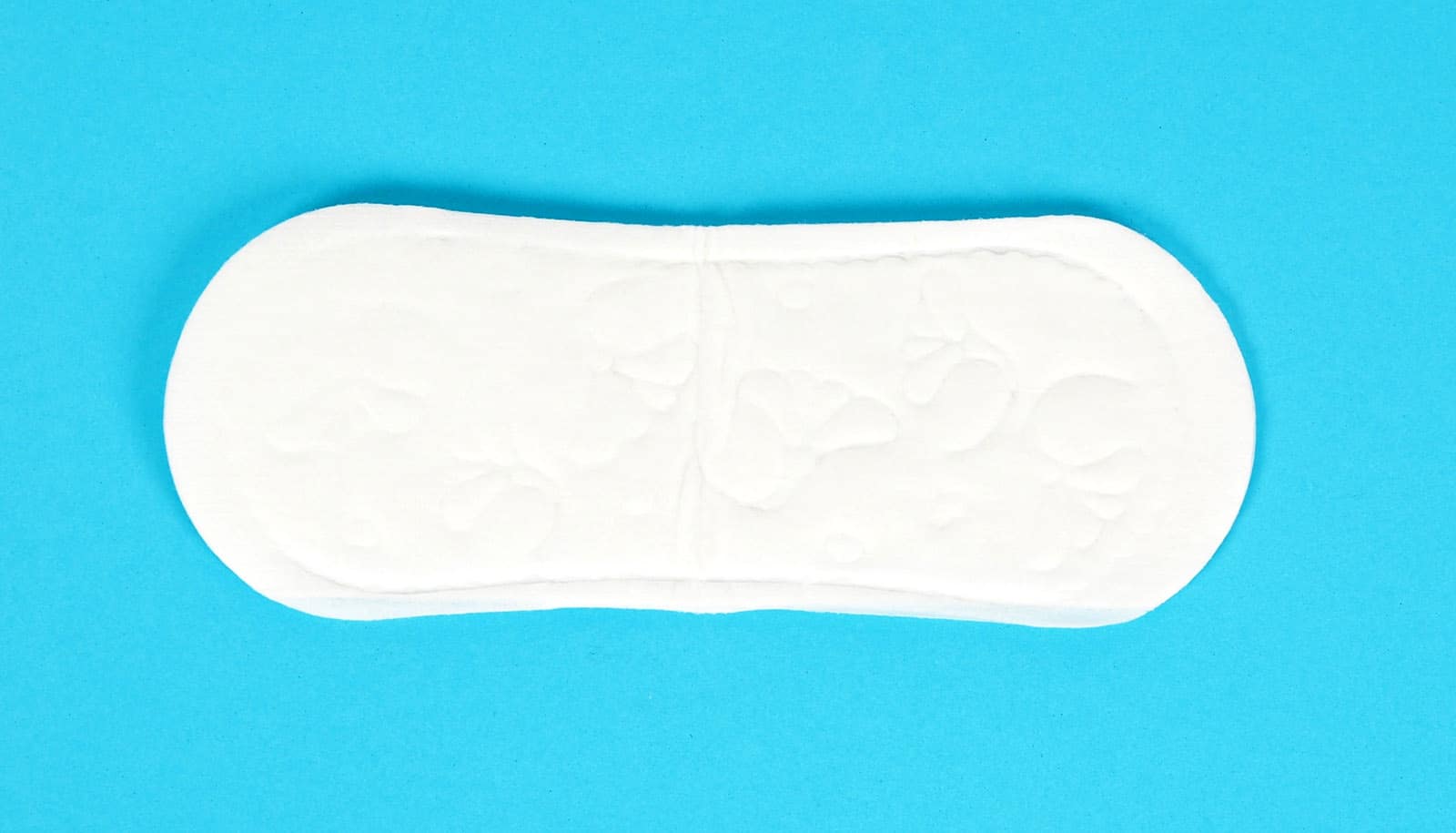A new study demonstrates the feasibility of using menstrual blood and a new detection pad to screen for human papillomavirus.
The hope is that, one day, menstruating people can swap pap smears for a detection system that’s more convenient and just as accurate. That could mean more time for patients to have meaningful conversations with their physicians and, possibly a reduction in the stigma around periods, says Paul Blumenthal, a professor emeritus of obstetrics and gynecology at the Stanford University School of Medicine.
There are other potential benefits, too: The test, which is self-collected, mess-free, private, and painless, harnesses “an unused, easy to get, recurring resource,” menstrual blood.
Human papillomavirus (HPV) is the most common sexually transmitted infection and some types of HPV that are deemed “high-risk” can lead to cervical cancer if left untreated. Diagnosing it can be tricky, however, because many people with high-risk HPV don’t develop any symptoms.
The good news is, for a majority of HPV cases, the body’s immune system clears the infection on its own within two years. However, for about 10% of women with HPV, the infection persists and over time normal cells can turn abnormal, forming lesions that, if left untreated, lead to cervical cancer. That can happen even in those who have been vaccinated against HPV, which Blumenthal adamantly recommends as a first line of defense.
Standard HPV screening involves swabbing the cervix during a pap smear; the specimen is then analyzed for the presence of high-risk HPV and cells collected through the swab are inspected for changes caused by HPV. It’s a routine procedure that’s recommended for women ages 25-65 every five years.
While most cases of cervical cancer are preventable through a combination of vaccination, screening, and timely treatment of precancerous lesions, the risk is high for women who don’t or can’t get routinely screened, such as those in developing countries, where 80% of all cervical cancers occur. According to the study, more than half of cervical cancers are found in women who have not received screening in five or more years. Blumenthal hopes that the pad’s detection mechanism could close the gap in accessibility.
The pad, called Q-Pad, is a modified menstrual pad that’s 100% cotton and contains an embedded, removable paper-based test strip. It’s worn just like a regular pad.
Researchers instructed the women in the study to wear it on the second or third day of menstruation, which generally corresponds with the highest volume of flow. The test strip, an absorbent filter paper that dries quickly after saturation, produces what’s known as a dried blood spot, and is commonly used to diagnose infections such as hepatitis and HIV, monitor hormone levels, or analyze components of the blood such as protein levels or DNA.
The study included cervical swab samples and at-home self-collected menstrual blood samples from 106 women, and the test diagnosed HPV with comparable accuracy to the standard cervical swab test. It was even able to determine 12 cases of high-risk HPV that the standard clinician-collected cervical test did not identify.
It’s possible that this could be because the HPV resided in an area of the cervix or vaginal canal where the clinician-swab did not reach, but through which menstrual blood still flowed, Blumenthal says.
Another plus: Users of the pad had to remove only the test strip and mail it through the regular postal service in the pre-labeled, moisture-removing transport container to a lab for processing. That’s a game changer, Blumenthal says.
Dried blood is not considered a hazardous material, and it doesn’t require special refrigeration and expensive transport. Once the sample is analyzed in the lab, results can easily be shared with the individual and their care team.
There’s huge potential for this technology as a global diagnostic tool, says Blumenthal. “Part of our mission is to make women’s health mainstream, reduce the stigma, and increase access. It could really broaden access to care, especially for women around the world who may lack the resources to secure expensive, clinician-collected tests.”
Blumenthal sees the technology’s detection capabilities as far-reaching, noting that he hopes it could one day be used to detect a range of health information. He even thinks the pad might eventually capture markers that flag inflammatory conditions indicative of infertility.
In the exam room, the technology could also help assist in a more efficient “long-term assessment of one’s state of health” and more meaningful time spent with one’s doctor, says Blumenthal. Rather than going to your appointment with your physician, being sent to the lab for blood tests afterwards, then scheduling another appointment to discuss results and next steps, the diagnostic pad’s strip can be mailed to the lab ahead of your appointment. “The analysis would be there before your visit, and they can help you understand what the results mean right then and there.”
The study is published in Obstetrics & Gynecology. Coauthor Sara Naseri, a former Stanford Medicine visiting scholar, and others are continuing to develop the pad through a company they founded, which is working to make the technology more broadly available.
Source: Roxanne Ohayon for Stanford University



